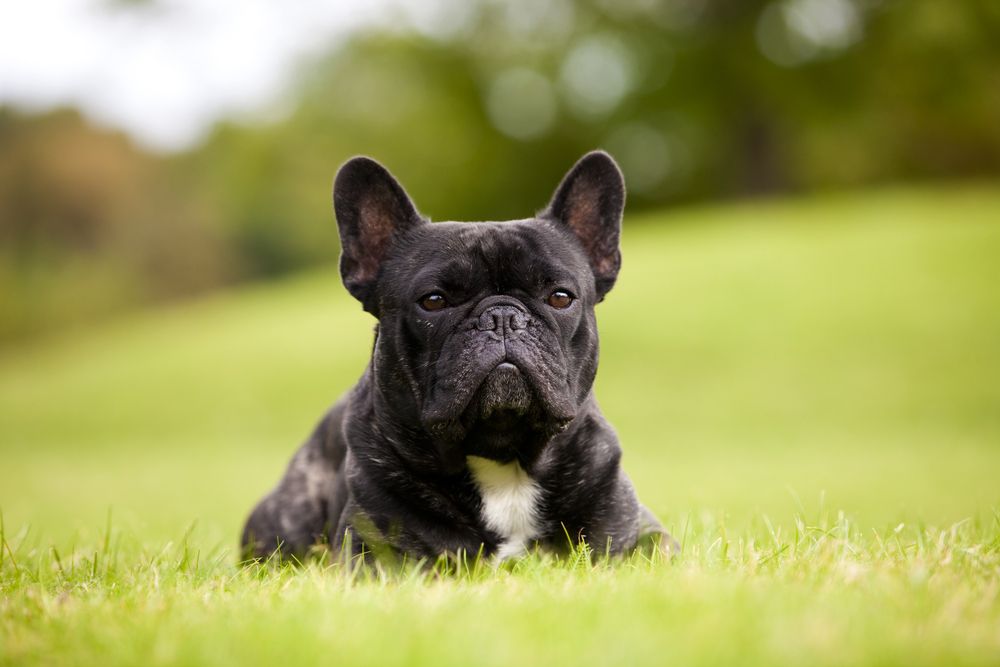All About French Bulldog
French Bulldogs with our comprehensive guide. Discover everything from their adorable appearance to grooming tips, health considerations,
Aditya Pandey

The French Bulldog, with its distinctive bat-like ears, compact build, and charming personality, has captured the hearts of dog lovers around the world. Known for its affectionate nature and playful demeanor, this breed has become a sought-after companion for families and individuals alike. In this article, we'll explore the fascinating world of the French Bulldog, from its history and characteristics to care tips and why it has become a beloved member of households globally.
The French Bulldog is more than just a pet; it's a cherished companion that brings joy, laughter, and love to households worldwide. With their unique charm, playful antics, and affectionate nature, Frenchies continue to win the hearts of dog lovers and solidify their place as one of the most adored canine companions.
Origin and History

The origin and history of the French Bulldog
The French Bulldog's roots trace back to the lace workers of Nottingham, England, who brought these little dogs with them when they migrated to France during the Industrial Revolution. Initially bred as companions, the breed gained popularity among the French bourgeoisie and eventually made its way to other parts of the world.
The origin and history of the French Bulldog are intriguing and trace back to the early 19th century. Here's a more detailed exploration:
Lace Workers and Migration: The French Bulldog's story begins in the lace-making region of Nottingham, England, during the Industrial Revolution. In the mid-1800s, lace workers sought better opportunities and migrated to northern France, particularly in the Nottingham region. These workers brought along their small bulldog companions, which were likely a miniature version of the English Bulldog.
French Aristocracy's Adoption: In France, the little bulldogs captured the attention of the French aristocracy. They became popular companions among the wealthy, including the lace workers' new French employers. The breed quickly gained favor for its charming appearance, amiable disposition, and adaptability to city living.









